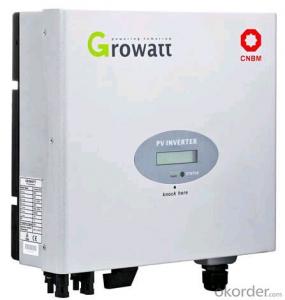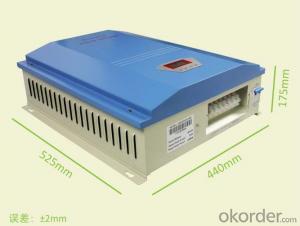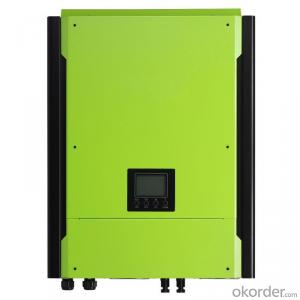3kw Solar Hybrid Inverter
3kw Solar Hybrid Inverter Related Searches
Best Solar Hybrid Inverter Best 3kw Solar Inverter Solar System Hybrid Inverter Hybrid Solar Inverter System Inverter 2kw Solar System Solar Panel Hybrid Inverter Hybrid Solar Inverter On Grid On-Grid Hybrid Solar Inverter 1kw On Grid Solar Inverter Top 10 Solar Hybrid InverterHot Searches
China Solar Inverter 3kw 220v China Hybrid Solar Inverter China Solar Inverter 3kw Solar Inverter Hybrid Price Hybrid Solar Inverter Price Sma 3kw Solar Inverter Price 3kw Solar Inverter Price Solar Inverter Hybrid 10kw Solar Inverter Hybrid Tesla Hybrid Solar Inverter Type Of Inverter For Solar Types Of Inverter For Solar Used Solar Inverter For Sale Inverter Size For Solar System Solar Edge Inverter For Sale 5kw Solar Inverter For Sale Solar Inverter For Sale Solar Inverter For Battery Solar Inverter For Split Ac Solar Inverter For Laptop3kw Solar Hybrid Inverter Supplier & Manufacturer from China
Okorder.com is a professional 3kw Solar Hybrid Inverter supplier & manufacturer, offers integrated one-stop services including real-time quoting and online cargo tracking. We are funded by CNBM Group, a Fortune 500 enterprise and the largest 3kw Solar Hybrid Inverter firm in China.Hot Products
FAQ
- The role of reactive power injection in a solar inverter is to improve the power factor of the system. It helps in balancing the reactive power generated by the solar panels, which is essential for efficient power transmission and distribution. By injecting reactive power, the solar inverter ensures that the system operates at a near unity power factor, minimizing losses and enhancing the overall performance of the solar power plant.
- Yes, a solar inverter can be used in standalone power systems. Standalone power systems, also known as off-grid systems, are not connected to the main electricity grid and rely on alternative energy sources like solar panels. A solar inverter converts the direct current (DC) generated by the solar panels into usable alternating current (AC) electricity, which can power various electrical devices in standalone power systems.
- A solar inverter handles variations in grid frequency by constantly monitoring the frequency of the grid and adjusting its own output accordingly. It does this through a process called frequency synchronization, where it synchronizes its output frequency with the grid frequency. This allows the solar inverter to seamlessly adapt to any changes in grid frequency, ensuring a stable and reliable power supply to the connected solar panels or the grid.
- Yes, a solar inverter can be used in areas with high electromagnetic radiation. However, it is important to consider the specific requirements and limitations of the inverter as some models may have different tolerance levels for electromagnetic interference. It is recommended to consult the manufacturer's specifications or seek professional advice to ensure proper functioning and safety in such environments.
- The role of a solar inverter in a grid-tied system is to convert the direct current (DC) electricity generated by the solar panels into alternating current (AC) electricity that is compatible with the electrical grid. It also ensures the synchronization and stability of the solar power system with the grid, allowing excess energy to be fed back into the grid and enabling the system to draw power from the grid when needed.
- The role of a frequency regulation feature in a solar inverter is to maintain a stable and consistent frequency of the electrical output, ensuring compatibility with the grid or connected appliances. This feature helps to mitigate fluctuations in frequency caused by varying solar irradiance or load fluctuations, thereby improving the overall efficiency and reliability of the solar power system.
- Yes, a solar inverter can be used with solar-powered emergency backup systems. The solar inverter converts the direct current (DC) generated by the solar panels into alternating current (AC), which can be used to power various appliances and equipment during emergencies. This allows for the efficient utilization of solar energy stored in batteries to provide backup power when the grid is down.
- Regular maintenance for a solar inverter typically includes visual inspection for dust or dirt accumulation, checking for loose connections, monitoring the inverter's performance, and ensuring proper ventilation. Additionally, it is recommended to clean the solar panels periodically to maximize the system's efficiency.












































